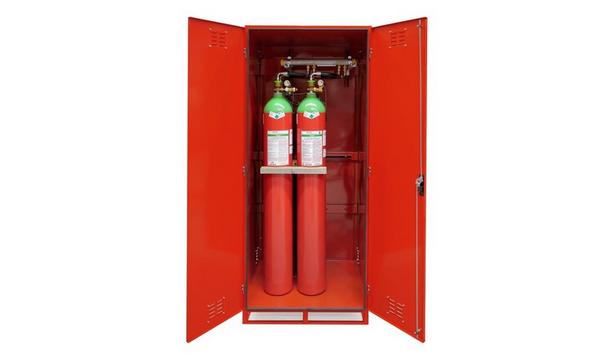 |
| Hazard mitigation plans helps fight flood and storms that causes damage to life and property |
September's damaging rainfall was a powerful reminder of why such a mitigation plan is needed.
In late September, the fierce storms that struck Clark County caused enough destruction to warrant a federal disaster declaration and lent urgency to the county's efforts to reduce damage from future storms.
At the time disaster struck, Clark County Emergency Management Director Michelle Hartness and her team a regional planner, community leaders and professionals were taking the final steps on an enhanced all-hazards mitigation plan. A draft of the updated five-year plan has been reviewed by the Wisconsin Emergency Management (WEM) and the Federal Emergency Management Agency (FEMA). The plan is now in the final stages of approval and adoption.
September's damaging rainfall was a powerful reminder of why such a mitigation plan is needed. There was no way to know when the next floods would strike, when ice storms would shut down the county's power grids or when pestilence would threaten crops. The county and communities worked together and came up with measures to help limit the devastation. "No one can control Mother Nature, but the scope of Clark County's mitigation planning shows that the county's leaders were not going to sit back and wait for the next disaster," said FEMA Federal Coordinating Officer Paul Ricciuti. "In fact, they have come up with an enhanced plan that leaves very little to chance."
Tailored to the vulnerabilities of this rural agricultural county, the all-hazard comprehensive plan was far more detailed than the original five-year plan approved in 2005. The new one updated priorities and resources. Once adopted by the county and its participating jurisdiction, the revised mitigation plan will extend the county's eligibility for federal mitigation fund for another five years. "Clark County did a fantastic job in updating the plan," said WEM Administrator Michael Hinman. "It is evident that this is a genuine planning document that will not collect dust on the shelf."
The hazard mitigation program will help in curbing the negative impacts of floods and storms |
Work on the mitigation plan began in 2008, with the help of a FEMA grant of nearly $14,700. Shortly after, Hartness was hired, and the new county emergency management director infused energy and enthusiasm into the project. Hartness and a local emergency planning committee held town hall meetings in communities around the county, gathering information on their risks and suggestions on what mitigation projects might minimize these hazards.
"We wanted to know how many mobile-home parks are in our cities, town and villages," she recalled. "What is the vulnerability to high-wind events? Do we have storm shelters? What places are susceptible to flooding? What are we going to do about a long-term power outage?"
Hartness says the combined efforts of communities and planning experts contributed to the quality of the mitigation plan. "In the end, we are creating a better, safer place," she said.











